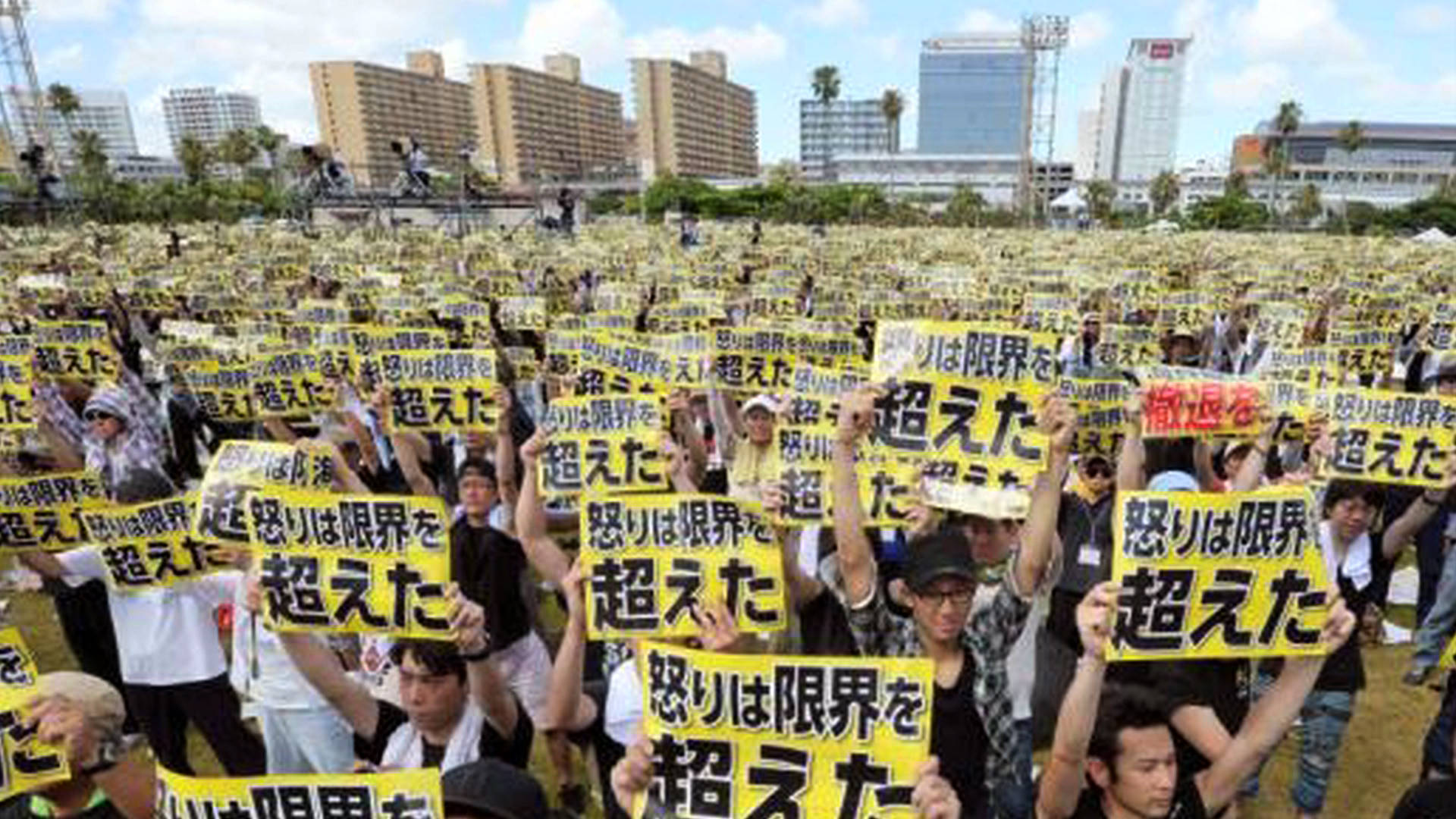
More than half of the 50,000 American troops in Japan are stationed on Okinawa under the Japan-US security treaty.

More than half of the 50,000 American troops in Japan are stationed on Okinawa under the Japan-US security treaty.

Nearly three quarters of US military resources in Japan are located on the small archipelago to the south of most of Japan’s islands, and residents say they have long been inconvenienced by the base, which was constructed following the country’s defeat in World War II.

Construction started in 2007, and two helipads were completed by 2014. But work to build the four other helipads was suspended after opponents blockaded the path. On July 11, the day after Upper House election, the defense bureau started preparations to resume the project.
More than half of nearly 50,000 American troops stationed in Japan under the Japan-U.S. security treaty are on Okinawa. In terms of space, more than 70 percent of Japan-based U.S. military facilities are on the small island. In 1995, three U.S. servicemen on Okinawa abducted and raped a 12-year-old girl in a case that triggered mass protests and led to an agreement to relocate a key air station to another area of the island. The plan has since stalled because residents want the base removed completely from the island.

Lia Camargo: "The slogans are like 'get the bases out of here,' but I don’t think it’s that simple. I think making sure that the responsibility of the soldiers, if they do commit a crime, that has to be weighed in the same gravity as a Japanese person who commits that same crime."